On a chilly October evening, onlookers watched as a group of firefighters inched closer and closer to a column of fire that shot into the sky. Using their hoses to push back the flames, they advanced towards the blazing propane tank until close enough to shut off its fuel source. Then, they celebrated. The firefighters were students at the LBJ Fire Academy: not only had they tamed a roaring propane fire, but they had also survived to earn their participation grade.
Five McCallum seniors, John Hughes, Thomas Lucey, Tex Mitchell, Molly Odland and Will Russo, participated in the live fire skill day on Oct. 3, where the students put into practice what they’ve learned during the two year student-sharing program at LBJ High School. The drill was held at the Austin Fire Academy, and followed a day of practice and a year’s worth of preparation.
For the students at the LBJ Fire Academy, the purpose of the drill wasn’t to put out the fire, but to use the spray to get close enough to the propane tank to turn off its fuel source.
“Being in the live fire gave me really intense adrenaline,” senior Molly Odland said. “I was the head of my group, meaning I was in charge of directing the hose line at the fire while my group supported me from behind.”
Senior Will Russo, who also had the chance to lead the group, said that the drill felt like being in a hot car.
“It wasn’t all that scary since you were with a bunch of people, but it was kind of intimidating because there was nothing in between you and the fire but water,” Russo said.
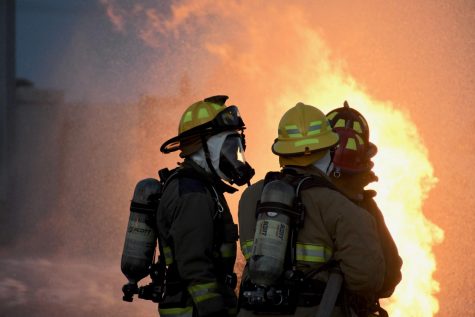
A group of LBJ Fire Academy students stand at the ready, waiting to use their hoses to help control the fire. To extinguish the fire, one group of students slowly worked towards the propane tank, until close enough to turn off the gas valve. Two surrounding hose groups stood on the side, and helped deflect the flames so the group advancing towards the tank could approach safely. The drill was a full-circle moment realized for the seniors that finally participated after watching on the sidelines last year. “As a junior the program focuses on fire science and skills needed to be a certified firefighter in Texas,” Odland said. “It was really crazy to just be so close to flames that big in addition to being able to control them with my class.”
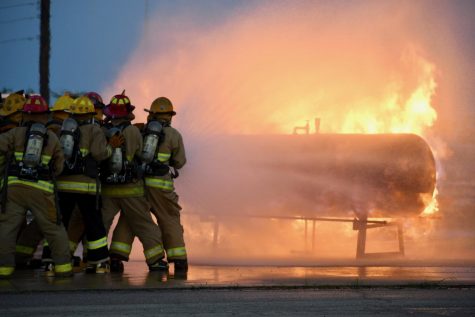
Linked in line on the fire hose, students in the live fire drill supported each other literally, and in spirit. A large team was crucial to controlling the professional-grade hoses used by the students, and keeping each other safe in the heat of the action. Each firefighter on the line took synchronized steps towards the propane tank, moving together to keep the spray of water steady, and clear the path to the gas valve.

A lead firefighter reaches through the spray of water and touches the gas nozzle on the tank, touching his head to indicate that the group is close enough to turn off the fuel of the propane fire. Students at the LBJ Fire Academy have the opportunity to study under active firefighters from the Austin area, and spend their first year of the two-year program rigorously studying procedure and fire science in order to safely practice the hands on drills. “We did have to wait a little over a year before we got actually do [the drill],” senior Thomas Lucy said. “We received training on how to do it before hand through reading about it in the textbook, as well as practice drills where we would set up a hose line and practiced charging the line and spraying it at an imaginary fire.”

Even though the blaze towered high above them, the fire fighters in training tackled the drill with focus and stuck to their rehearsed plan of attack. Professional protective equipment, or “fire turn out” as the students call it, worked to keep the students safe and supplied with clean air. “The gear does a good job of insulating you, so I barely felt the heat at all even when I was in the front,” Thomas Lucey said. Even though leading the hose seemed to be the most daunting task, Lucey was able to advance towards the fire with confidence. “Being in the front was definitely the best part because you get to be so close to the fire.”

The high risk nature of the hands-on learning experiences the academy provides makes proper safety training and supplies critical. Before the drill, students rehearsed their plan of attack, and, with the help of the juniors in the academy, were outfitted with air tanks along with their uniforms. “We used a practice propane fire simulator along with fire hose lines,” Odland said. “The students wore our live fire turn out gear, self-contained breathing apparatus and air bottles.”
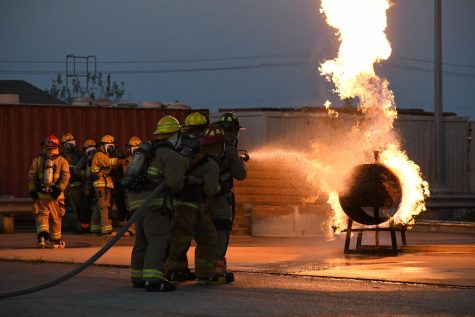
Students spray the propane fire from multiple angles, helping to control the flames and later drive the fire away from the group advancing with the hose. The LBJ Fire Academy completed five successful rounds of the drill on Oct. 3, which allowed students to rotate between positions and experience all the different roles in the exercise firsthand.

Flames shoot out of the propane tank and into the night sky. The life fire exercise was held at the Austin Fire Academy, where the city fire department and the ACC firefighting program also train. Family members were also invited to spectate, and spread out in the parking lot to watch their students tackle the tower of flames.
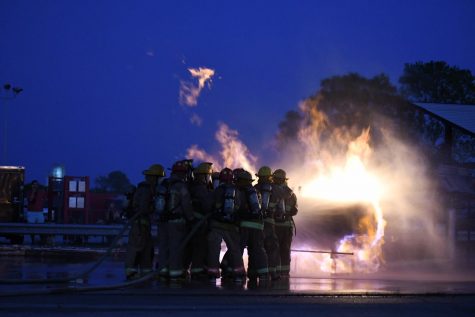
Along with completing the propane fire, seniors in the academy have also underwent a building fire and a car-fire drill.
“I liked being on the nozzle side of the hose, but just being there in action was cool by itself,” senior John Hughes said. He explained that the car fire was different than the propane fire in terms of source, size, and strategy used to extinguish both, but the training at LBJ is expansive enough to encompass all of the different nuances and possibilities.
“[The drills] were very different because the propane fire was very big and hot, it also requires more personnel,” Hughes said. “You have to shut of the valve in a propane fire before you put all the fire out. With the car, you just put the fire out.”

A supporting group aims their hose at the propane tank during one of the drills. After each of the program’s three different live fire exercises were complete, seniors in the academy took the Texas Commission on Fire Protection test, which, if passed, gives them all the credentials necessary to serve on a city fire department. Since November, the seniors has since shifted from firefighting training to Emergency Medical Technician training, a certification they can also earn through the class. “We are doing the EMT unit for the rest of the year. It is not as exciting as fire, but it is important to get EMT certification for some fire departments,” Hughes said. “The benefits [of the LBJ Fire Academy] are being fire certified in the state of Texas, and I definitely have no regrets in taking the class.”
Photos by Bella Russo.



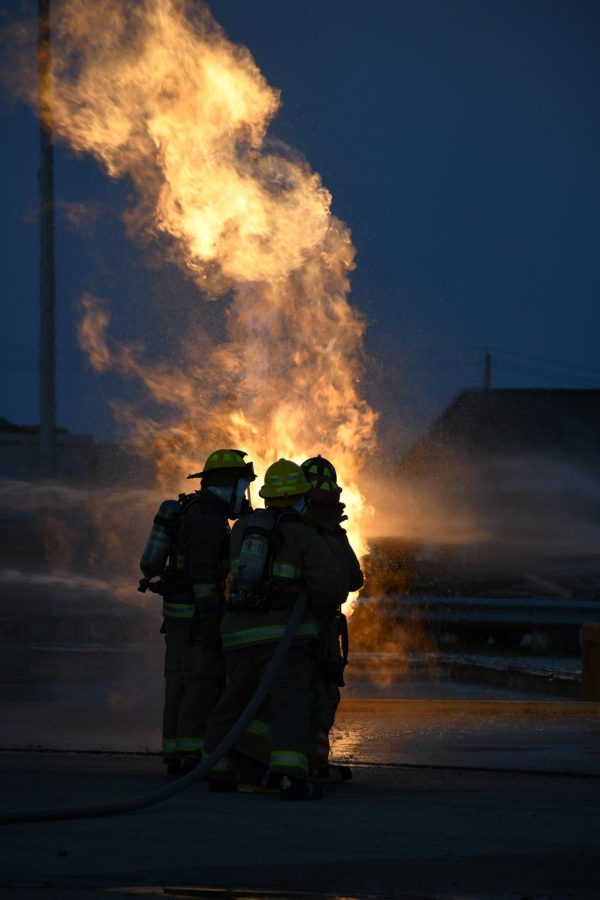



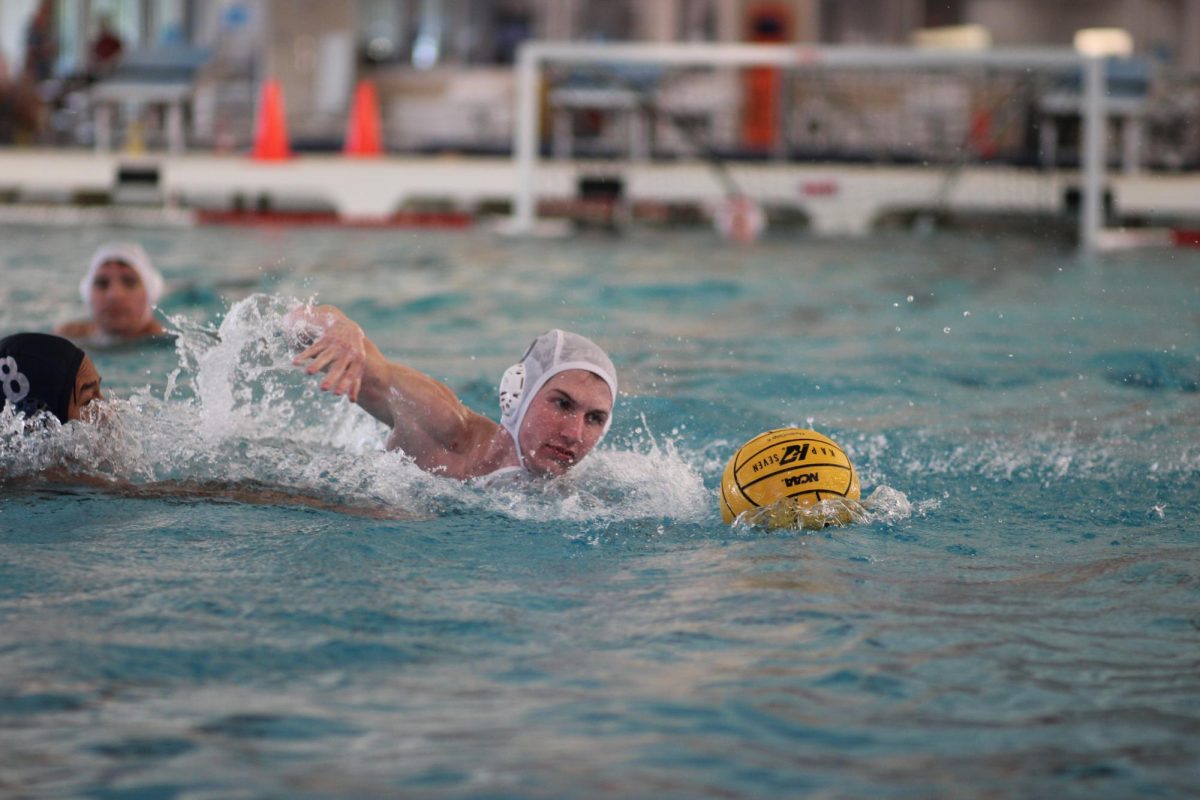
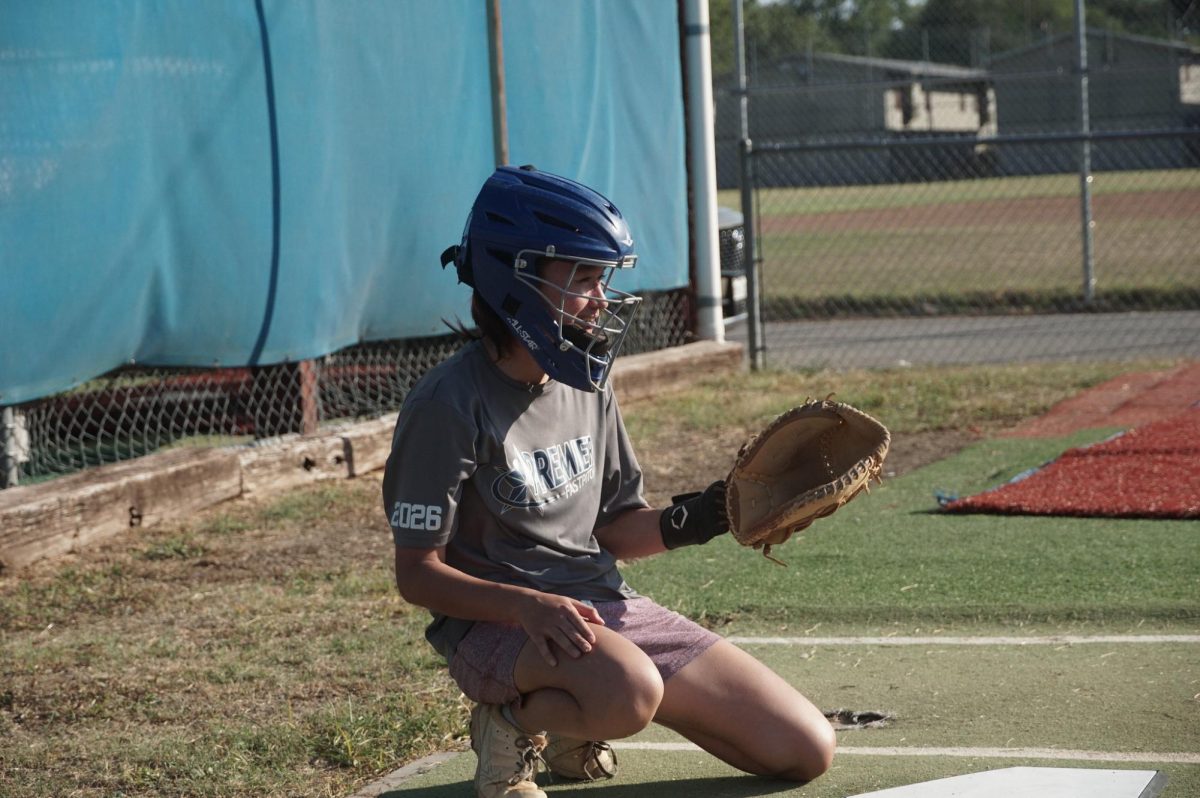
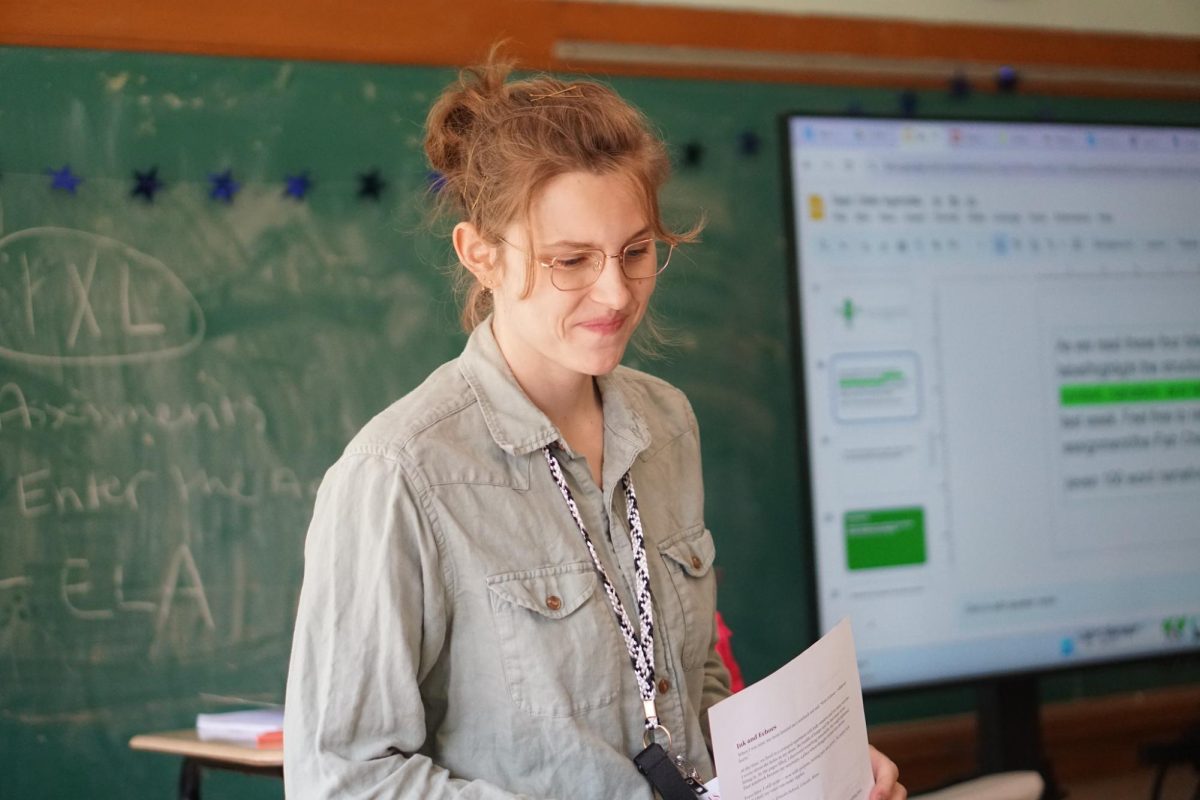
National Firefighter Selection practice test • Mar 1, 2021 at 8:43 pm
Those who fight fires are trained to do their job anywhere – from forests to rural areas to urban high-rises. Firefighters receive expert training that prepares them to handle a variety of emergency situations.
https://www.fireprep.com/entry-level-written-exam-prep/io-solutions/nfsi